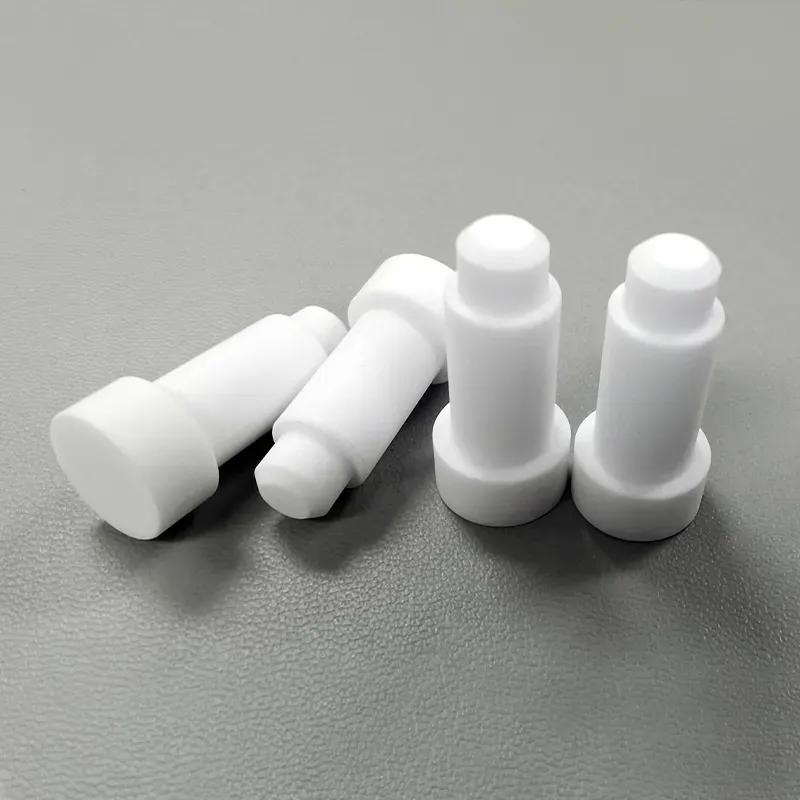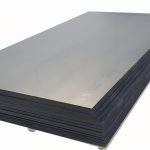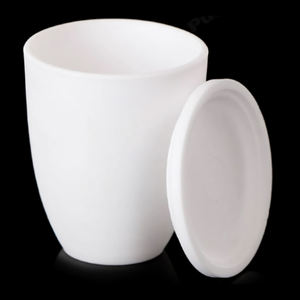Discover Premium Ceramic Products | Durability & Elegance United | Advanced Ceramics
1. Introduction
In the past 48 hours, a major development in the advanced ceramics sector has captured industry attention: leading manufacturers have announced expanded production capacity for high-purity silicon carbide components to meet surging global demand in semiconductor and clean energy sectors. This news underscores the growing strategic importance of silicon carbide—not just in electronics, but across high-temperature industrial processes and even artisanal kitchenware.

At the heart of this trend lies the silicon carbide crucible—a vessel prized for its exceptional thermal shock resistance, chemical inertness, and ability to withstand temperatures exceeding 1600°C. Whether used in metal foundries, laboratory settings, or even as the base material for premium ceramic baking dishes, silicon carbide continues to redefine performance standards across diverse fields.
2. What Is a Silicon Carbide Crucible?
A silicon carbide crucible is a container made primarily from silicon carbide (SiC), a compound of silicon and carbon known for its extreme hardness and thermal stability. These crucibles are engineered to melt, hold, or process metals, glass, and other high-temperature materials without degrading.
Unlike traditional clay or graphite crucibles, silicon carbide crucibles offer superior resistance to oxidation, corrosion, and thermal cycling. This makes them ideal for demanding applications in metallurgy, crystal growth, and aerospace manufacturing.
3. Key Properties and Advantages
Silicon carbide crucibles stand out due to several critical properties:
- Exceptional thermal conductivity: Enables rapid, even heating.
- High mechanical strength: Maintains structural integrity under load at elevated temperatures.
- Low thermal expansion: Resists cracking during rapid temperature changes.
- Chemical inertness: Does not react with most molten metals or slags.

These traits make silicon carbide crucibles a preferred choice over alternatives like alumina or zirconia in many high-performance scenarios.
4. Industrial Applications Beyond the Crucible
While the silicon carbide crucible remains central to foundry operations, the versatility of SiC extends far beyond. Industrial components such as silicon carbide burner nozzles, silicon carbide brick linings, and silicon carbide ceramic columns are widely used in kilns and furnaces for their durability.
Other notable uses include silicon carbide tubes for thermocouple protection, silicon carbide porous ceramic tubes for filtration, and rbsic silicon carbide tile blocks for wear-resistant surfaces. Even silicon carbide discs—ranging from grinding discs to piezoelectric ceramic discs—leverage SiC’s hardness and stability.
5. Silicon Carbide vs. Other Advanced Ceramics
When comparing materials, boron carbide vs silicon carbide often arises in contexts requiring extreme hardness. While boron carbide is harder, silicon carbide offers better thermal conductivity and is more cost-effective for large-scale applications like crucibles.
Silicon nitride is another high-performance ceramic. Though silicon nitride crucible factories produce components with excellent fracture toughness, silicon nitride is generally less thermally conductive than SiC. However, custom silicon nitride heat shields, silicon nitride rings, and silicon nitride plates are favored in applications requiring impact resistance at high temperatures.

The high purity silicon nitride powder market continues to grow, but for crucible applications, silicon carbide remains dominant due to its balance of performance, availability, and cost.
6. The Unexpected Rise of Silicon Carbide in Tableware
Surprisingly, silicon carbide has found a niche in premium kitchenware. Brands now offer silicon carbide ceramic dinner plates, silicon carbide baking dishes, and even silicon carbide ceramic butter dishes with lids. These items—marketed as silicon carbide ceramic baking dish, silicon carbide ceramic casserole dish with lid, or silicon carbide oven ceramic dish—capitalize on SiC’s thermal shock resistance for oven-to-table use.
Consumers can find everything from silicon carbide black ceramic plates and silicon carbide white ceramic plates to seasonal items like silicon carbide christmas ceramic platter and silicon carbide ceramic childrens plates. Even specialized pieces like silicon carbide ceramic ramekins and silicon carbide ceramic salad bowls are gaining popularity among culinary enthusiasts.
Notably, some high-end lines mimic classic designs—such as silicon carbide blue white porcelain plates—while delivering superior durability. The term ‘silicon carbide baking dish staub’ often appears in searches, though it’s important to note that Staub traditionally uses enameled cast iron; the association reflects consumer interest in durable, heat-retentive cookware.
7. Plumbing, Piping, and Precision Components
Beyond cookware and crucibles, silicon carbide ceramic piping is valued in corrosive fluid handling. Silicon carbide ceramic tubes serve in high-temperature furnace environments, while silicon carbide thermocouple protection tubes ensure accurate temperature readings in harsh conditions.
In plumbing, silicon carbide ceramic disc taps and silicon carbide ceramic quarter turn taps use precision-ground silicon carbide ceramic disks for leak-free, long-lasting valve operation. These components highlight SiC’s wear resistance and smooth surface finish.
8. Conclusion
From industrial foundries to gourmet kitchens, the silicon carbide crucible exemplifies how advanced ceramics bridge functionality and innovation. Its unmatched thermal and mechanical properties ensure reliability in the most demanding environments, while its aesthetic and practical appeal is reshaping modern tableware. As global demand for high-performance materials grows—fueled by clean tech, semiconductors, and sustainable manufacturing—silicon carbide will undoubtedly remain at the forefront of ceramic innovation.
Our Website founded on October 17, 2012, is a high-tech enterprise committed to the research and development, production, processing, sales and technical services of ceramic relative materials such as Silicon. Our products includes but not limited to Boron Carbide Ceramic Products, Boron Nitride Ceramic Products, Silicon Carbide Ceramic Products, Silicon Nitride Ceramic Products, Zirconium Dioxide Ceramic Products, etc. If you are interested, please feel free to contact us.
